Table of Contents
When it comes to shaping the lower part of the body, however strong and capable this part looks, the hip muscles never lie. However, is it really true that machine exercises are the best way to achieve perfect curves? We will disappoint you – it’s a lie. The following lines will show you the best way.
When was the last time you trained on an abductor or adductor machine and had a good workout? It was probably a long time ago. Both of these machines are not very popular and are often on the list of “unnecessary” since they are used to do “exercises that we all can leave out”. If you hope that these machines will have an effect on slimming of your body, yes, that’s true. However, this does not mean that the muscles for which these machines are intended – the hip muscles – need no attention. On the contrary.
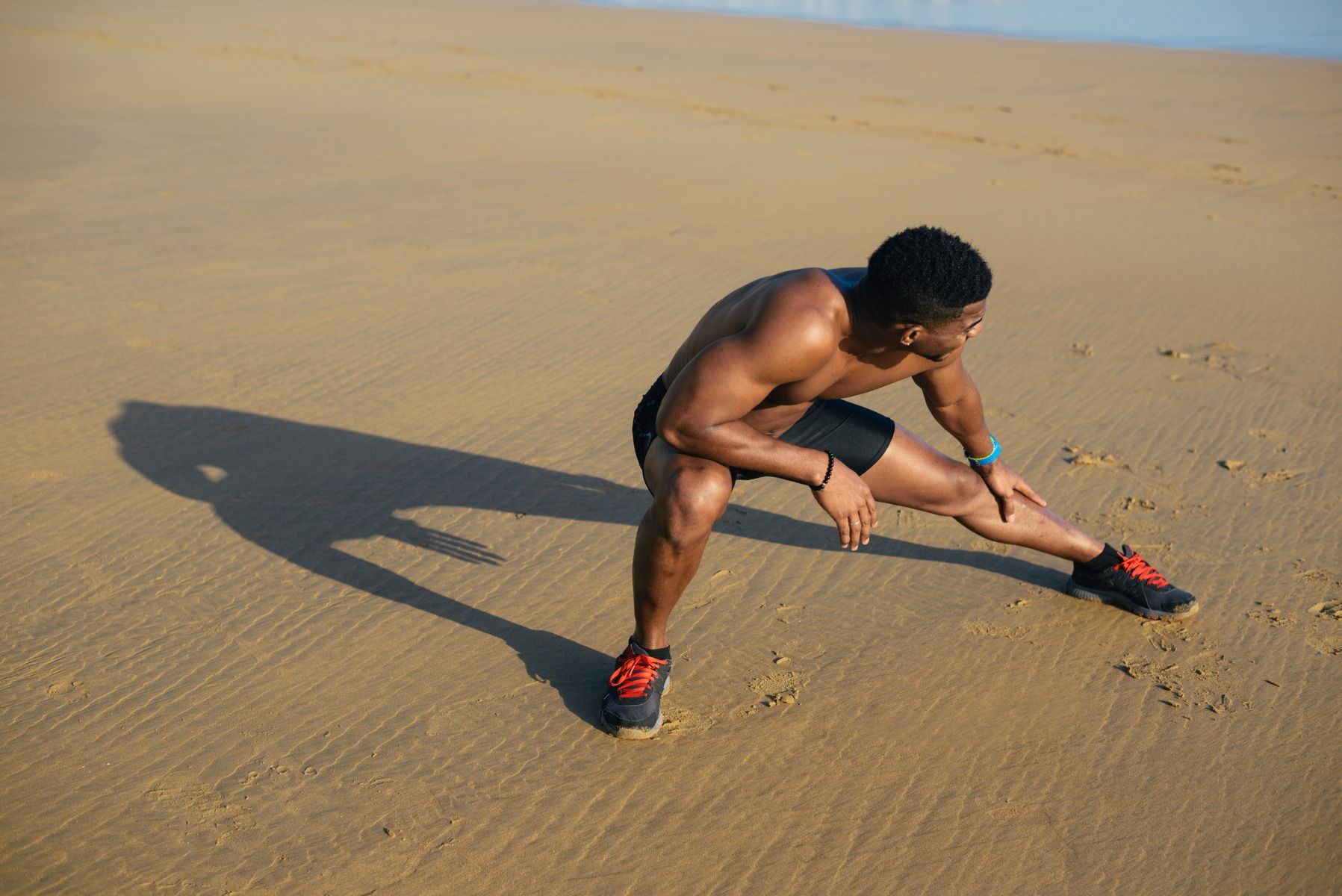
Strong and injury-resistant athletes have strong hip muscles. This is especially true when it comes to intense sports with a lot of side movement, such as tennis or basketball, but also if you want to workout without any pain. Fortunately, if your goal is to build the strength of your hip muscles, which is really important, but you’re not a fan of the leg machines, you have other, even better, options.
Why do you need strong hip muscles?
The outer and inner thigh muscles are considered to be an antagonistic pair: while one muscle group works, the other one relaxes. Abductors, including the gluteus medius, gluteus minimus, tensor fasciae latae, sartorius (honeymoon muscle) and piriformis are responsible for moving your foot away from the midline of the body.
Basically, whenever you take a side step or you use your foot to change position on the bed, you engage the abductors. The inner thigh muscles, especially the magnus adductor, the minimus, the brevis, and the longus, perform the opposite task which means that these muscles are engaged whenever you move your foot towards the center of the body.
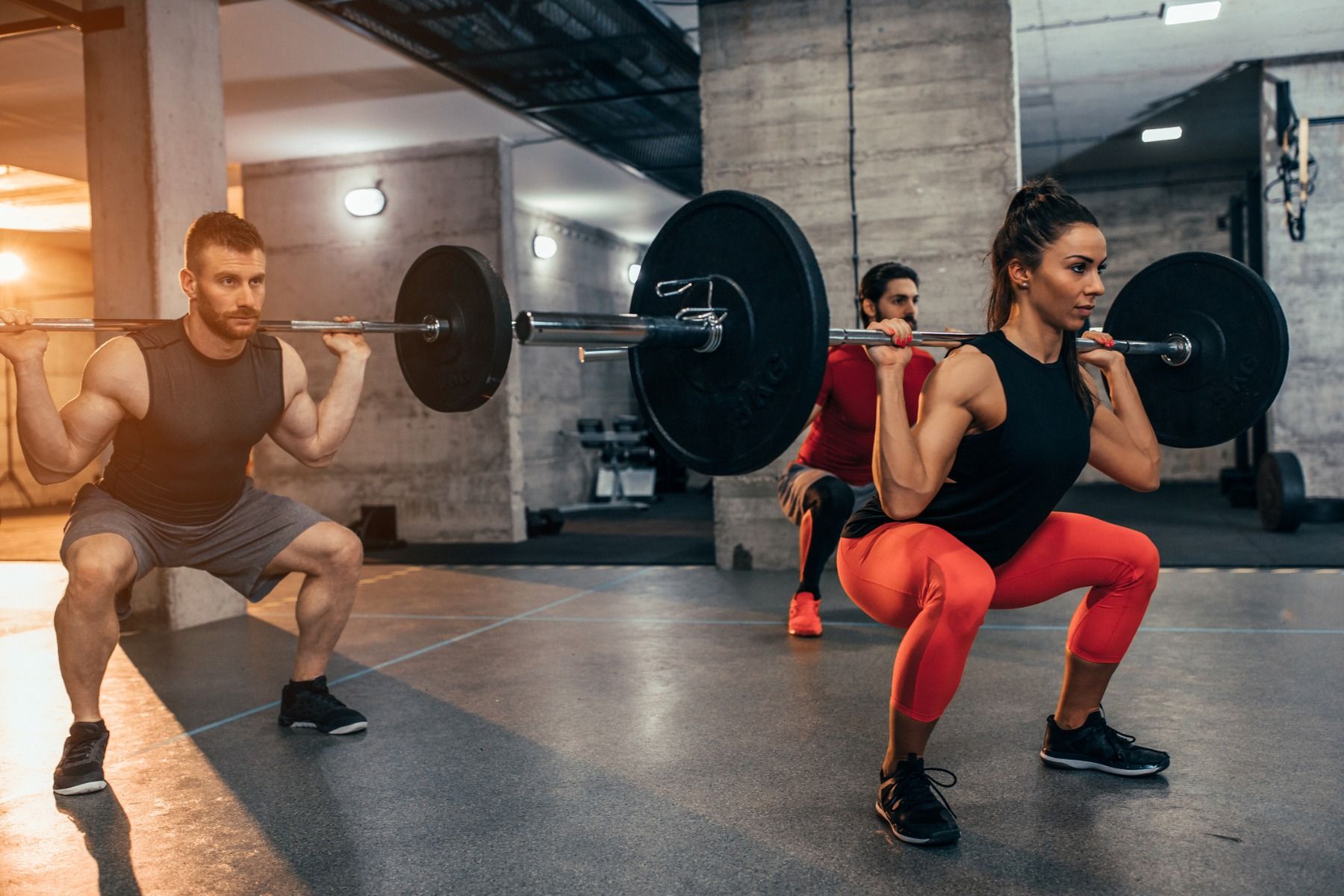
Abductors are particularly notoriously weak in many people, which can contribute to back pain among many other problems. Weak adductors are notorious causes of groin pain and knee pain. So yes, they are important. Now is the time to figure out how to properly train them.
You might be interested in these products:
1. Wide-stance squats
Each leg training should include a variety of squats. It is this movement that affects almost the entire lower body, including the inner and outer thighs. However, in order to really engage the hip muscles, you should do deep squats with your feet turned outwards.
Josha Kruvand, the founder and owner of Kru Strength + Fitness, points out a 2010 study that assessed the depth of the squat and the external rotation of the hip joint. The aim of the study was to analyze the involvement of a group of abductors during squat. Research has found that deeper squats and those with at least a 30-degree external hip rotation angle (achieved by slightly turning the toes outward) were much better targeted on the group of abductors than those with less knee bending and inner hip rotation. [1]
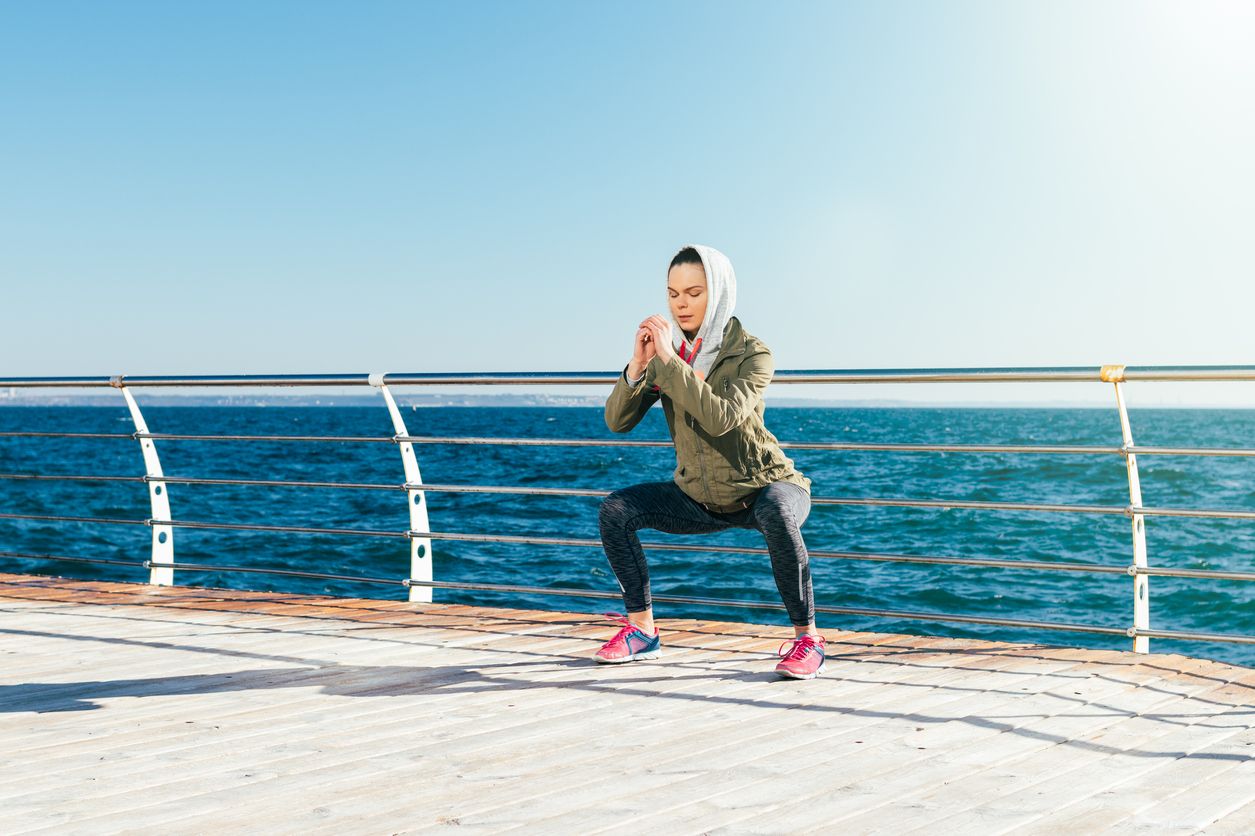
What does this mean for you? It means that at least some of your squats should look like this:
1. Stand wide or slightly wider than the level of your shoulders. Turn your toes outward to an angle of approximately 30 to 50 degrees. Strengthen the center of the body, check your posture and make sure that your shoulders are at the back and your back is straight. Hold your hip muscles at the back and move upright to the ground with weight on your heels.
2. When you bend your knees, you engage a group of abductors to keep the knees in line with your toes.
3. If you bend your hip at a 90-degree angle, take a break, then move back by shifting the weight to your heels, stretching your knees and hip, and returning to a standing position.
You can do this with weights (dumbbells, barbells, kettlebell) or without an added weight. More important than the weight you choose is that you maintain a perfect posture by having your knees follow your toes.
2. Sumo Deadlift
Sumo deadlift is based on a leg position similar to wide-stance squats. However, it is the external rotation of the hip muscles that leads to increased involvement of the inner and outer thighs. “Compared to a conventional deadlift, the sumo deadlift allows for greater involvement of the outer muscles and places more emphasis on stabilizing the inner muscles,” says Lindsey Cormack, a professional powerlifter and crossfit coach. “You may feel less stable when exercising Sumo Deadlift, but the struggle to maintain balance is what allows you to effectively practice abductors as well as adductors.”
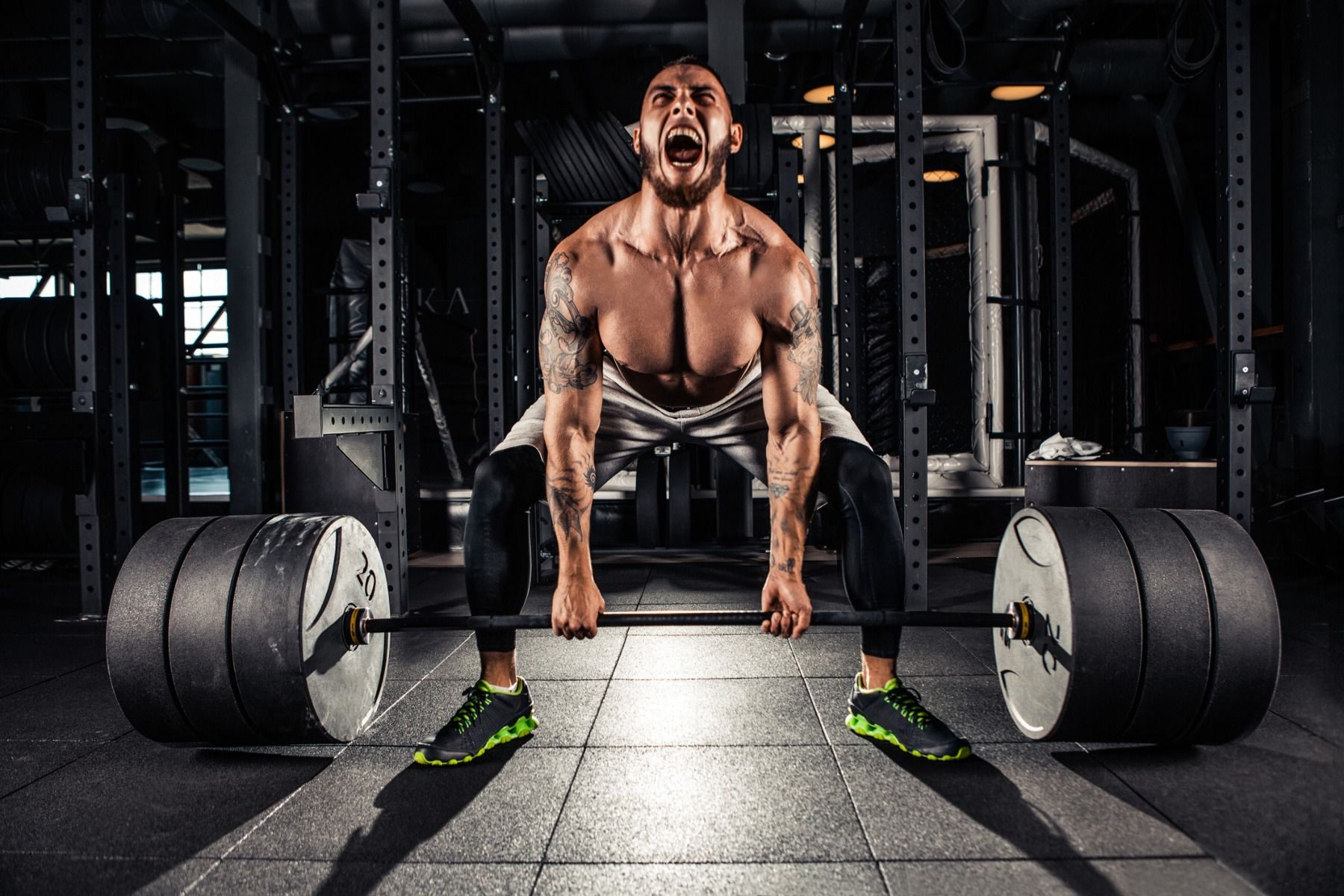
1. Stand at the prepared barbell with a wide stance and toes pointing outwards. Engage the center of the body and hold the shoulders back to take the correct posture. An alternative you can use is a kettlebell or a dumbbell.
2. Hold your hip muscles back and bend forward, release your shoulders to grasp the weights. Bend your knees and lower your bottom perpendicular to the ground. Take a deep breath and, while exhaling, lean on your heels and try to stretch your knees and hip muscles to stand up.
3. Push the hip muscles forward at the top of the movement while holding the shoulder blades together and pushing the chest forward.
4. Repeat the movement in the same way. Push the hip muscles back before bending the knees and lowering the glutes towards the ground.
If you have not practiced this exercise before, you will surely get muscle ache after your first workout. It is a sign that your hip muscles surely need more attention.
3. Lateral hip abduction
A 2005 study, published in the Journal of Orthopedic and Sports Physical Therapy, found that lateral abduction of the hip joint without weight was as effective on the gluteus medius (one of the main side abductors) as other exercises with no weights. [2]
You may think that you do not need to exercise your hip muscles, but you’re wrong. Weak hip muscles require special attention. Dr. Alice Holland, from the Stride Strong Physical Therapy rehabilitation center, speaks of a lateral hip abduction exercise as one of her favorite. She found that runners and athletes often have a problem with this particular exercise – which means that they really need it more than anyone else.
She claimed that 3 sets of 10 reps is enough for most people, but the more often you exercise them, the better for you.
1. Lie on the side with the hip muscles levelled. Place the upper leg behind the front leg at approximately 5 degree angle so that your upper heel is behind you.
2. Keep the center of the body firm and the knee straight, lift the upper ankle towards the ceiling without moving the pelvis. Use your hands or elbows for support if needed.
3. Return the lower leg to the starting position and continue, keep the pace slow and steady and check the perfect execution technique.
4. Lateral hip adduction
In scientific electromyographic testing, the lateral hip adduction has beaten five other exercises (including squats and side lunges) in the means of effective activation of adductor longus. [3] Just like the opposite (abduction), an adduction exercise can be performed anywhere, because you don’t need anything to do it except for a comfortable mat. This makes it a great exercise that you can add to your routine regarding your quick home workouts.
1. Lie on the side to position the hip muscles perpendicular to each other.
2. Strengthen the center of the body and support with palms or elbows if necessary. Make sure the hip muscles remain fixed and perpendicular to the floor. While your body and hip muscles remain in position as in the previous exercise, bend the upper leg knee towards the hip muscles, and place it in front of the lower leg.
3. Engage the lower leg’s inner muscles and raise it as high as possible above the floor without turning the pelvis (probably only a few inches).
4. Hold for a few seconds, then slowly return the leg back to the starting position.
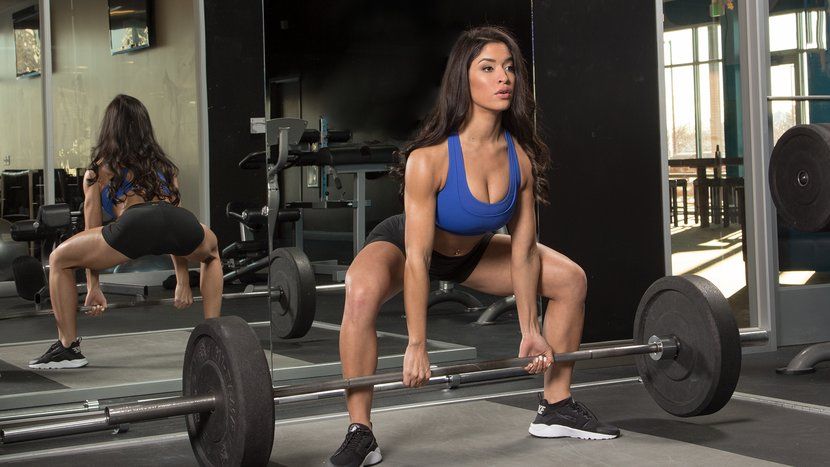
If a back, knee or hip pain is part of your life, give these exercises a chance. Don’t forget your hip muscles! If you do, they may remind you themselves so that you don’t forget their importance.
[1] Pereira GR, Leporace G, Chagas Dd, Furtado LF, Praxedes J, Batista LA. - Influence of hip external rotation on hip adductor and rectus femoris myoelectric activity during a dynamic parallel squat. J Strength Cond Res. 2010 - dostupné online – https://www.ncbi.nlm.nih.gov/pubmed/20651607
[2] Bolgla LA, Uhl TL. - Electromyographic analysis of hip rehabilitation exercises in a group of healthy subjects. - J Orthop Sports Phys Ther. 2005 - dostupné online – https://www.ncbi.nlm.nih.gov/pubmed/16187509
[3] Bolgla LA, Uhl TL. - Electromyographic analysis of hip rehabilitation exercises in a group of healthy subjects. - J Orthop Sports Phys Ther. 2005 - dostupné online – https://www.ncbi.nlm.nih.gov/pubmed/16187509


Add a comment